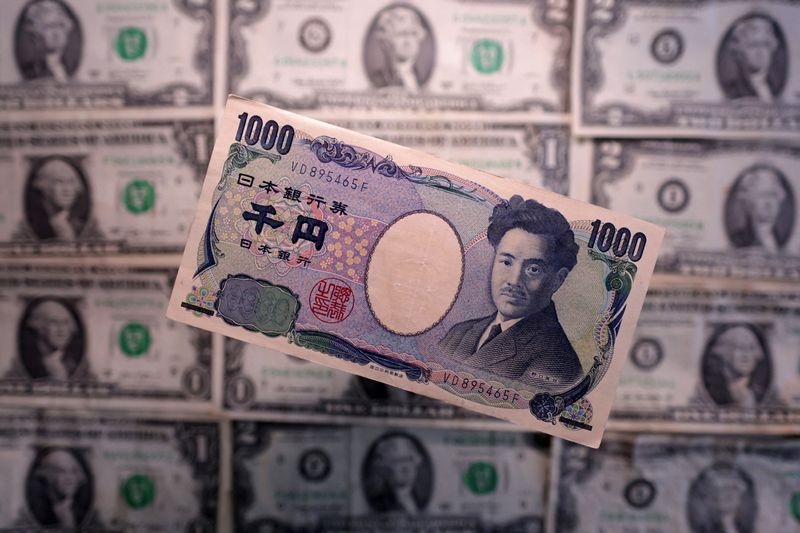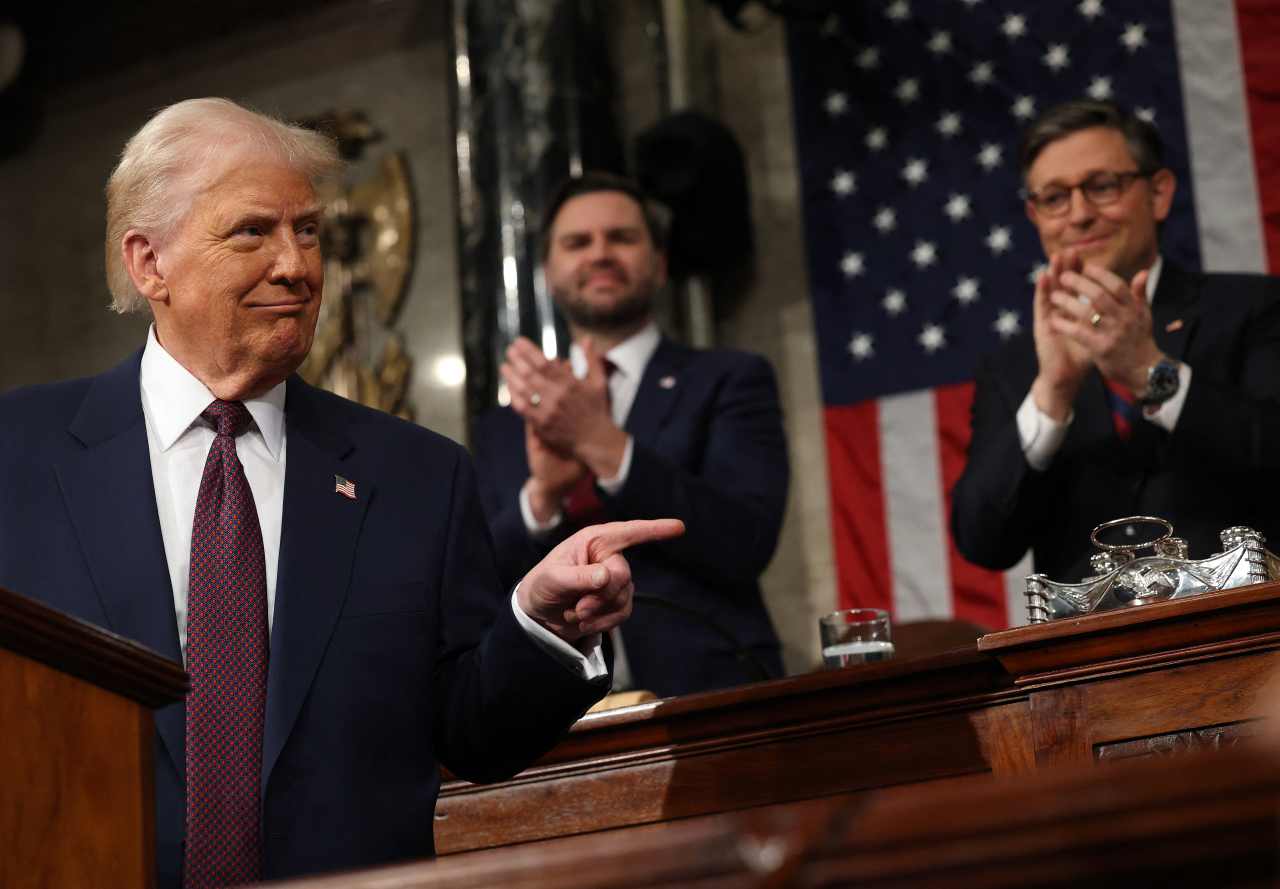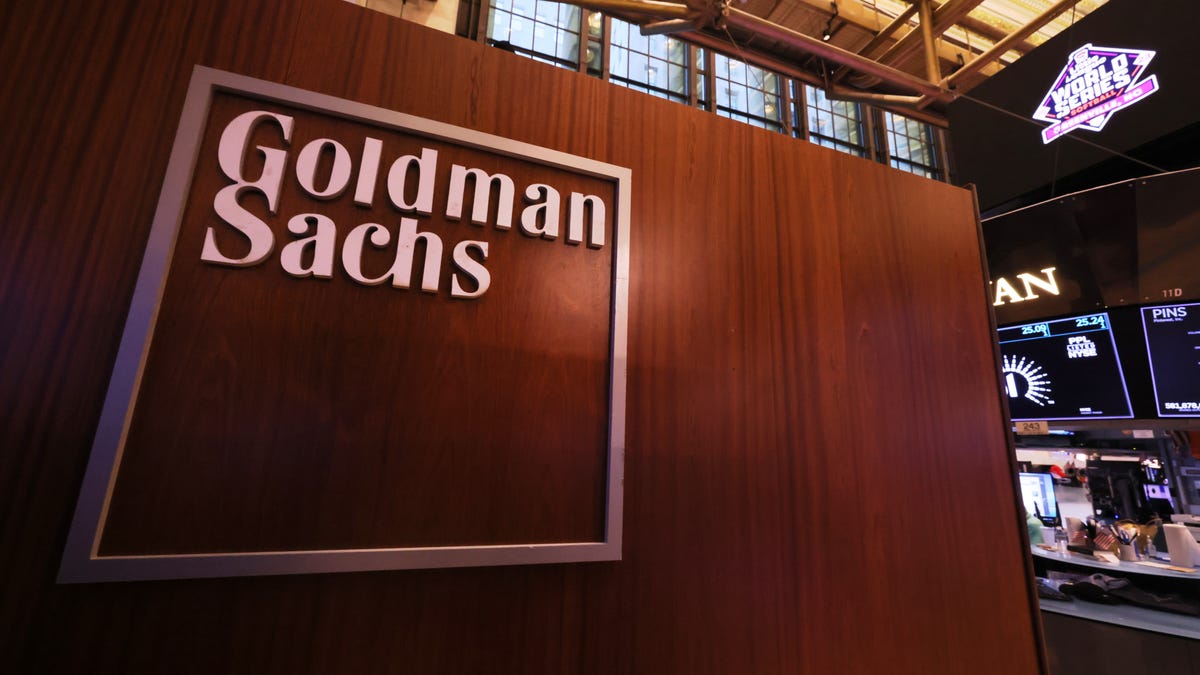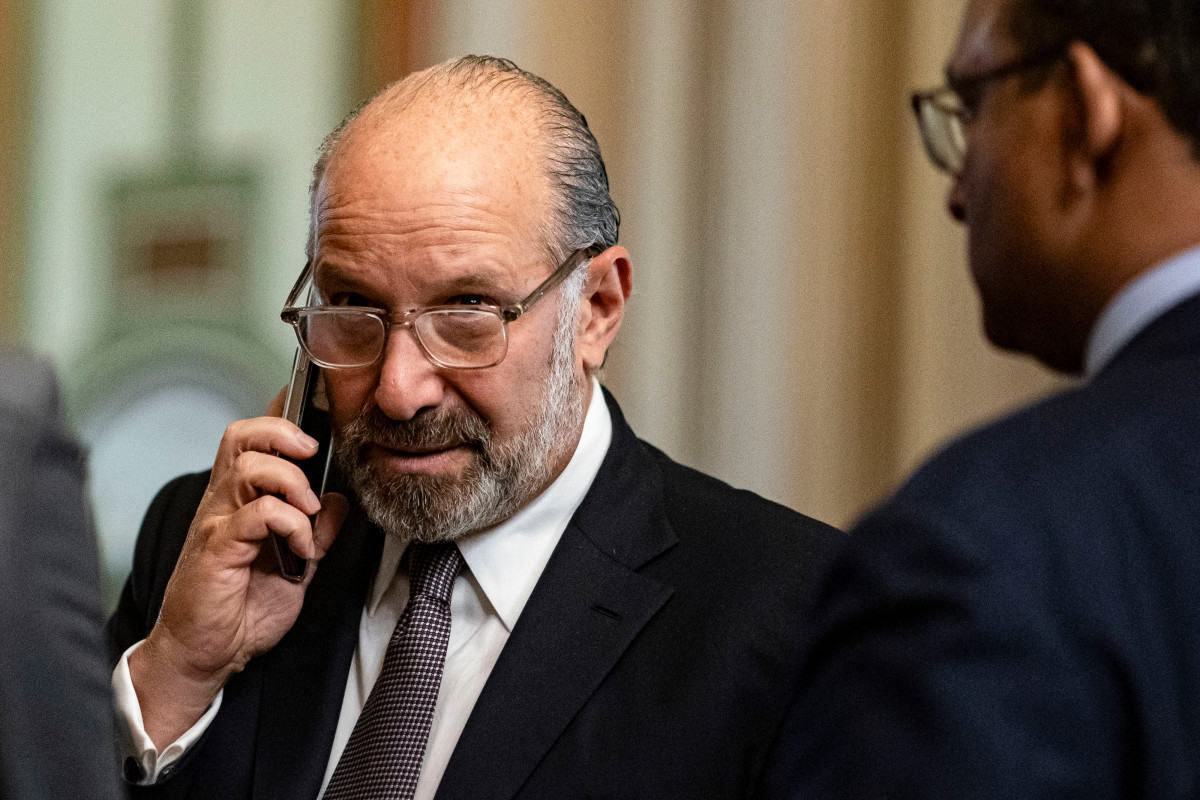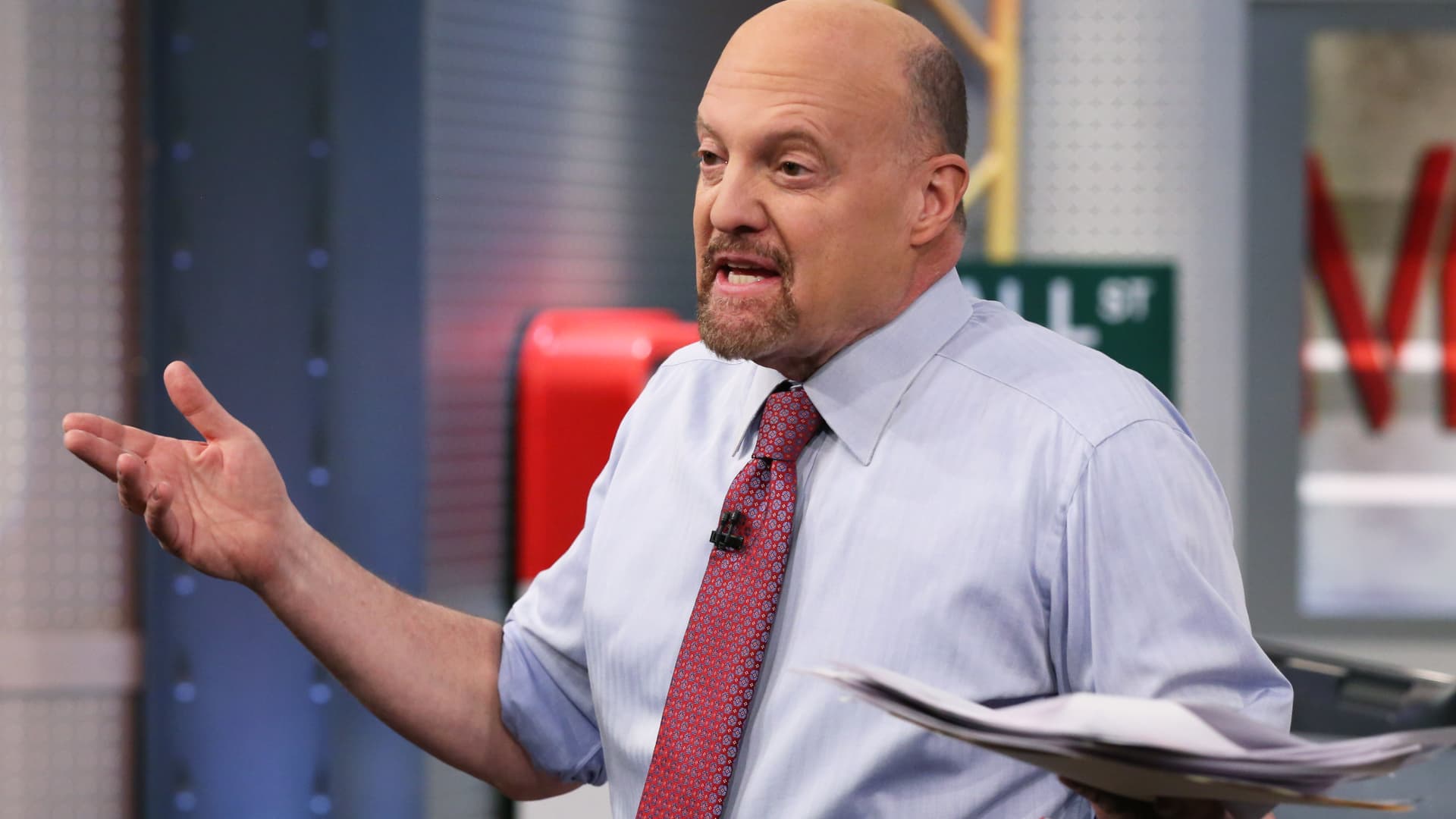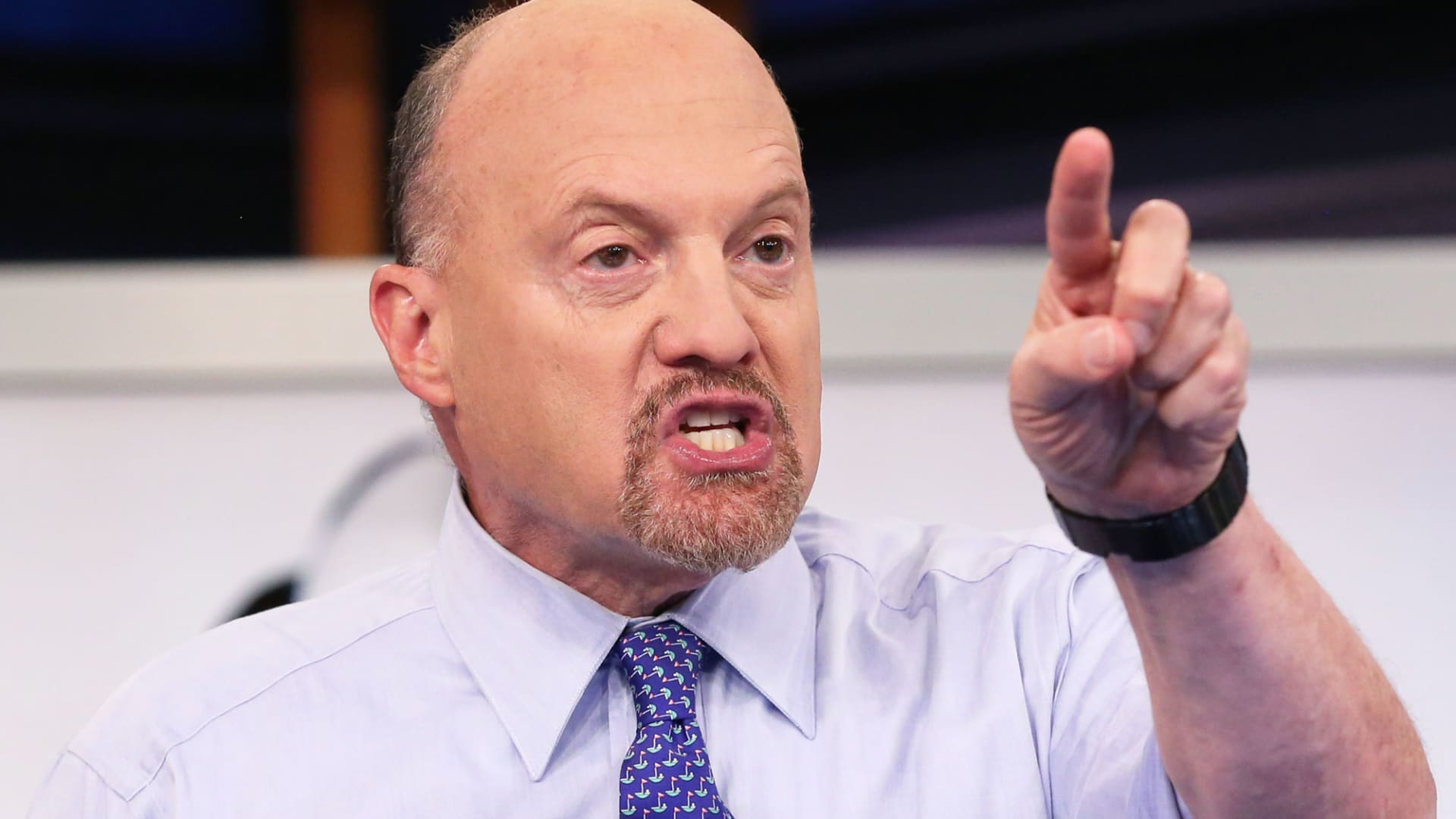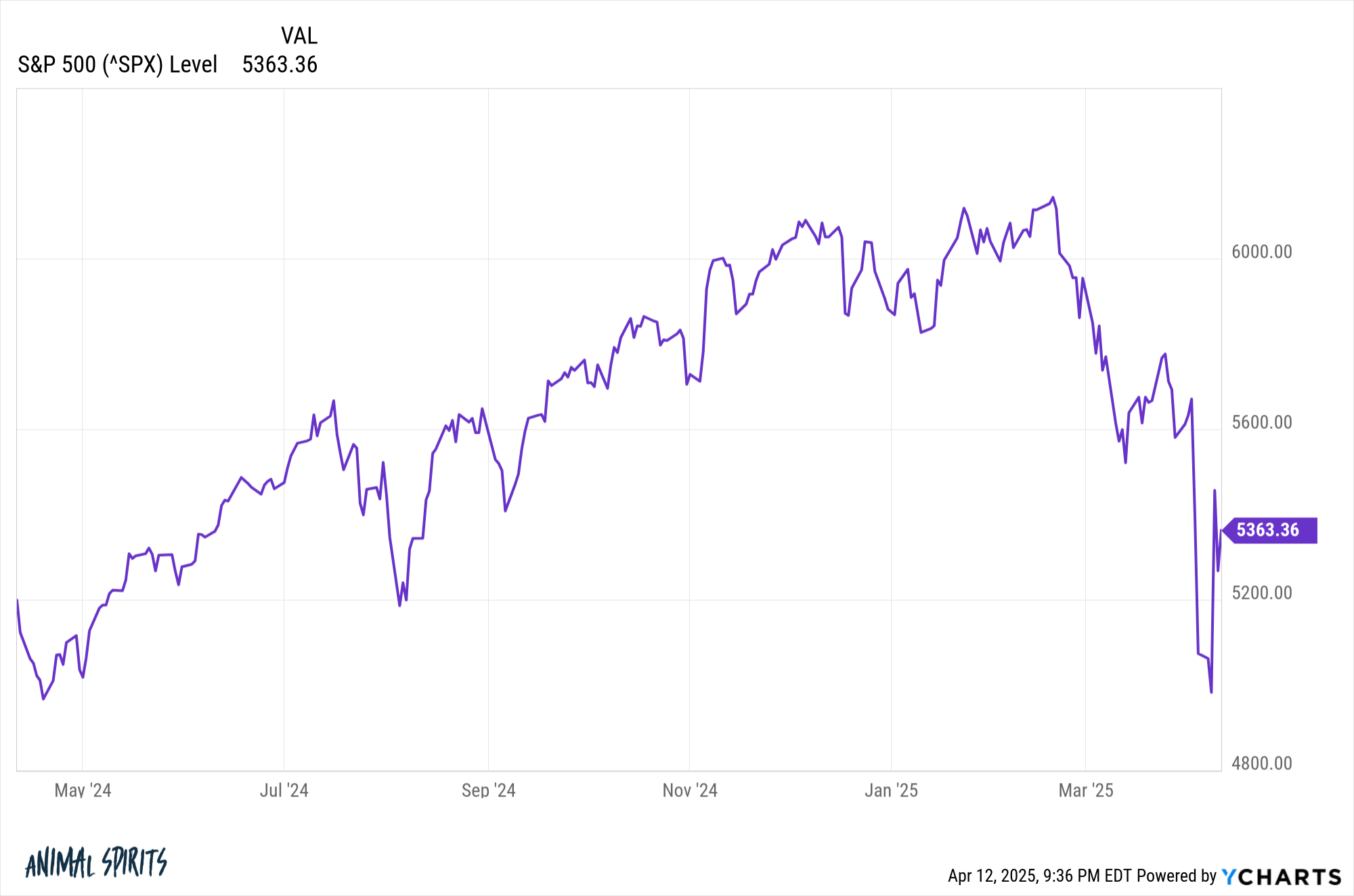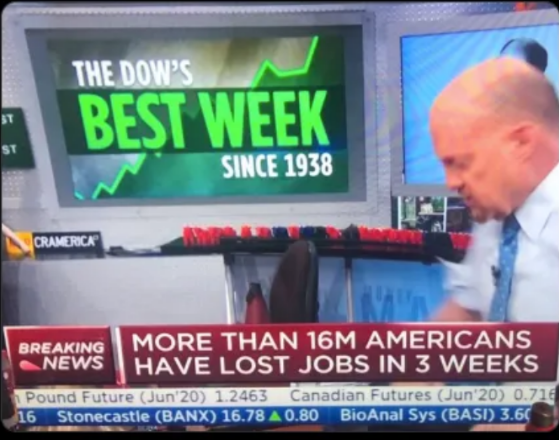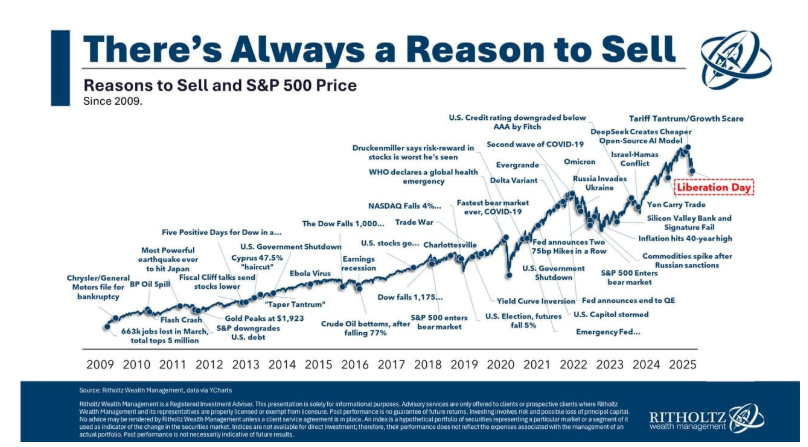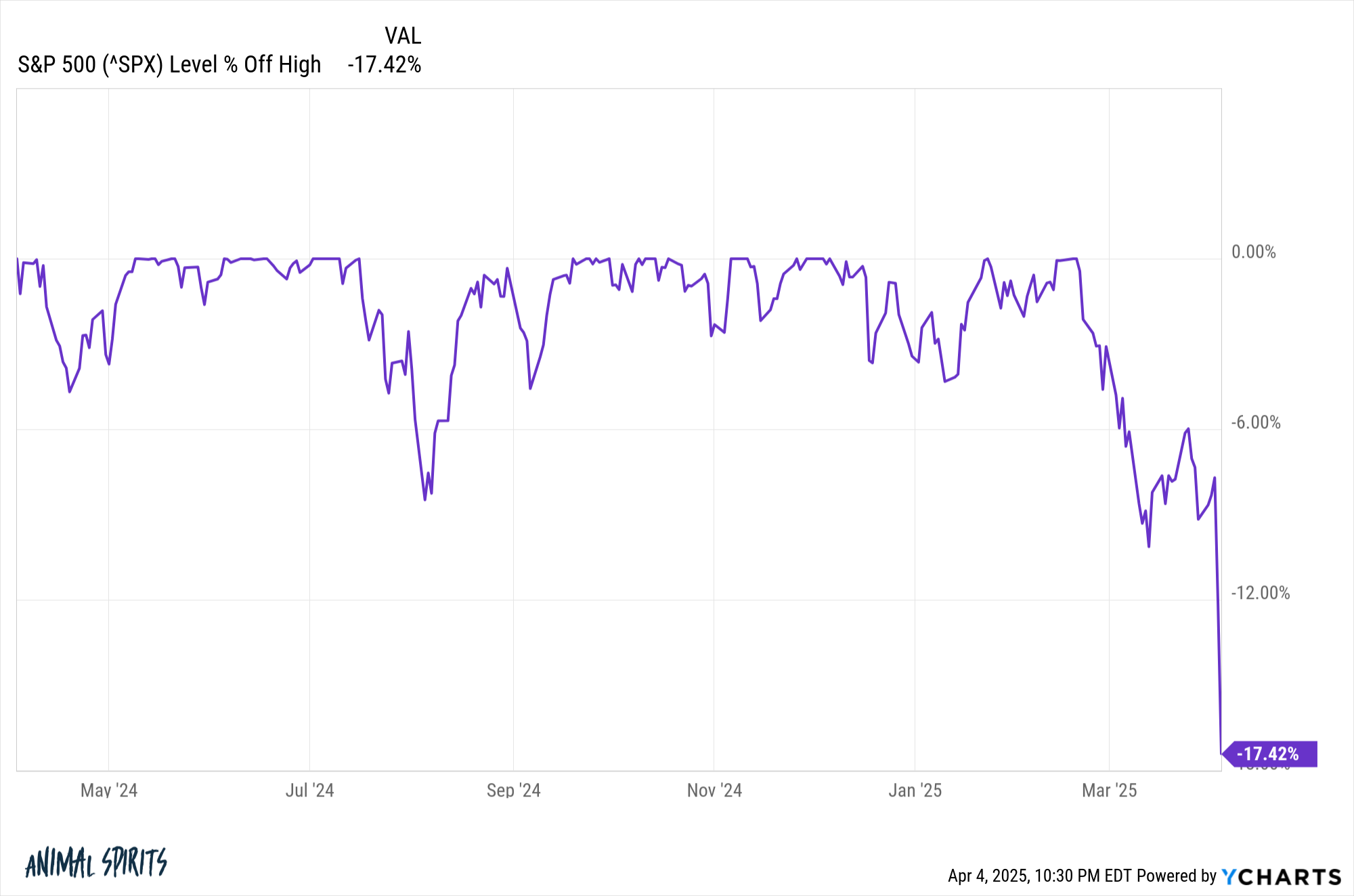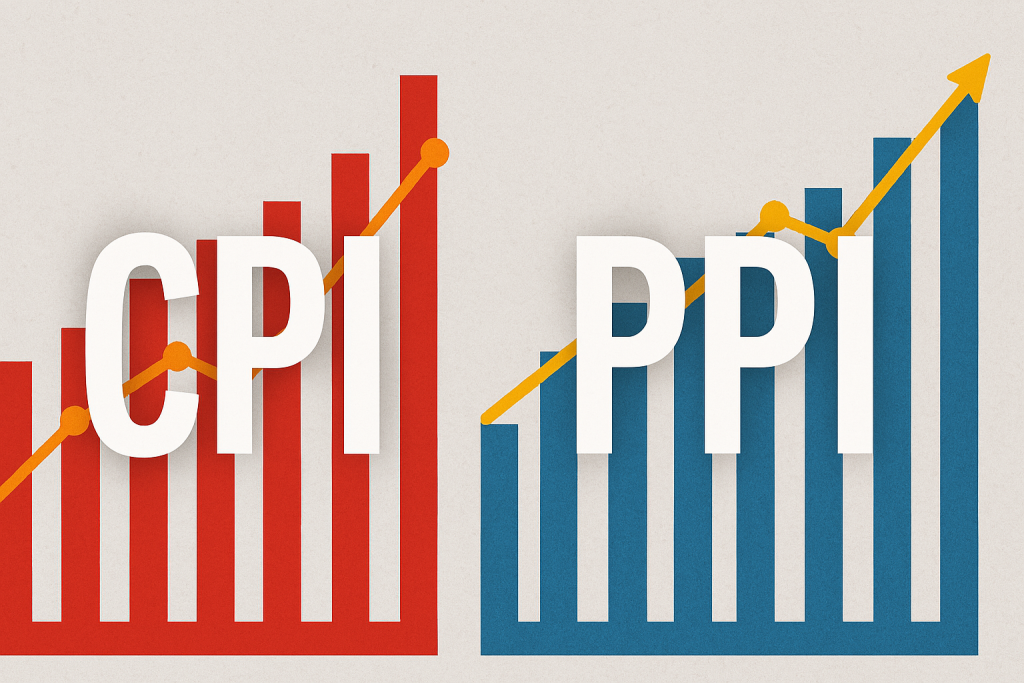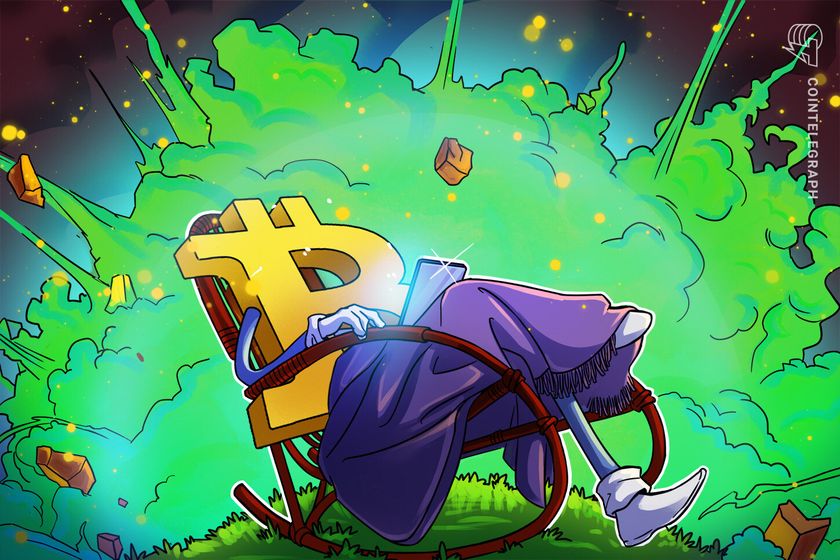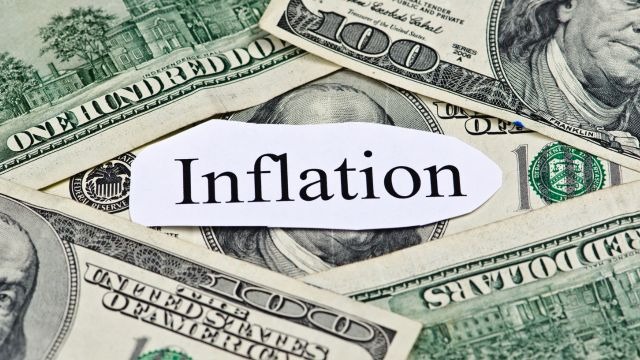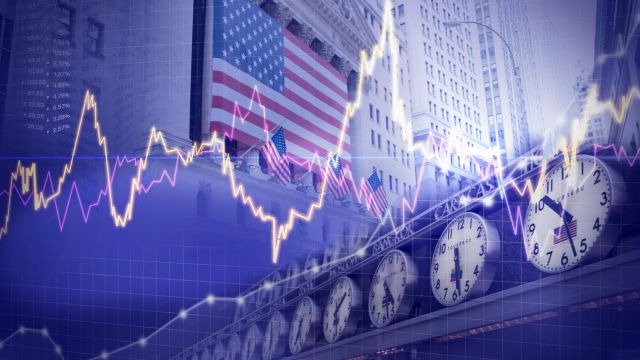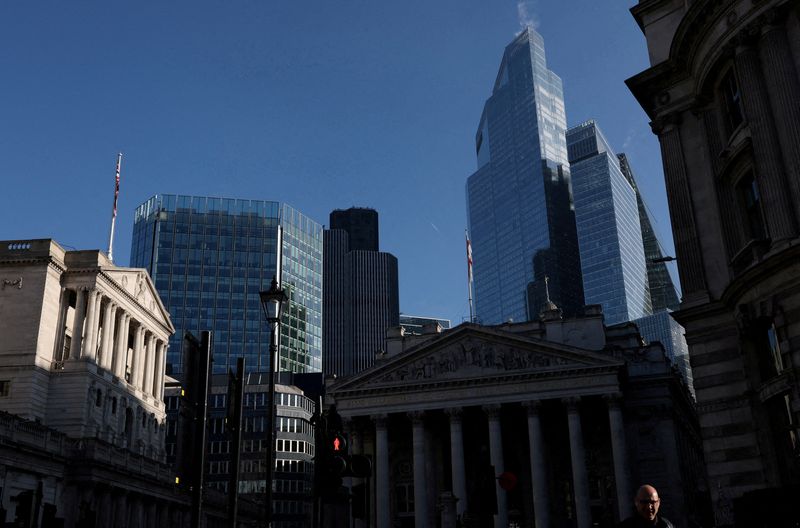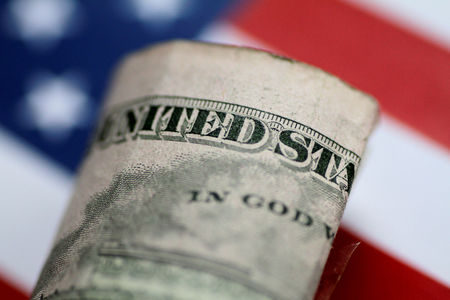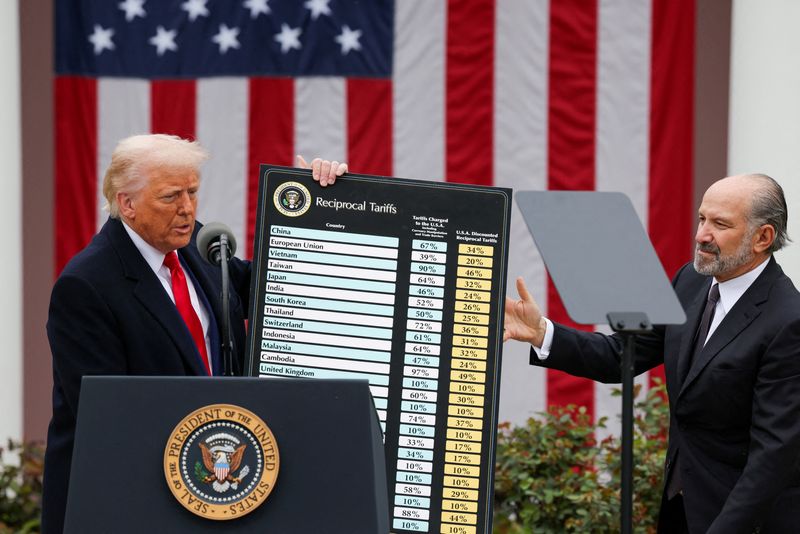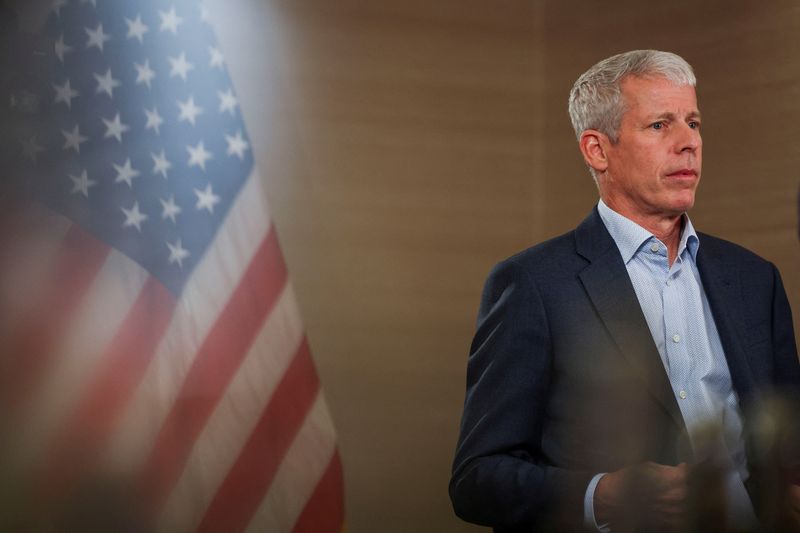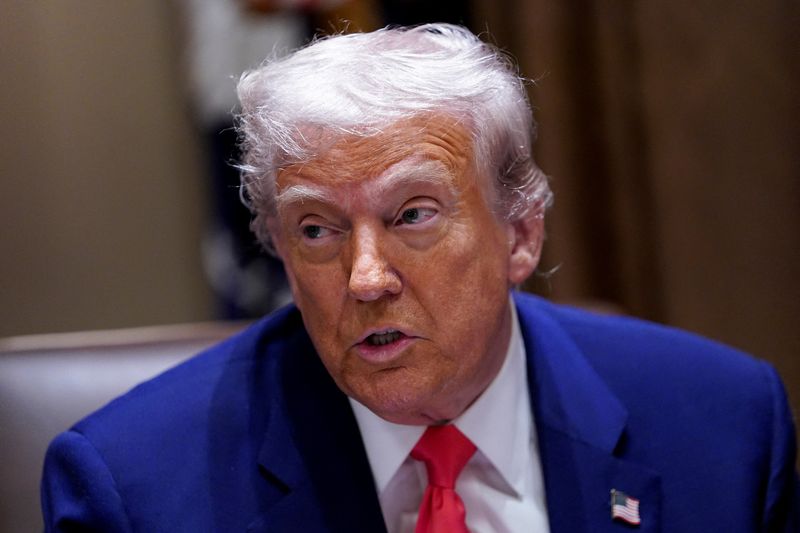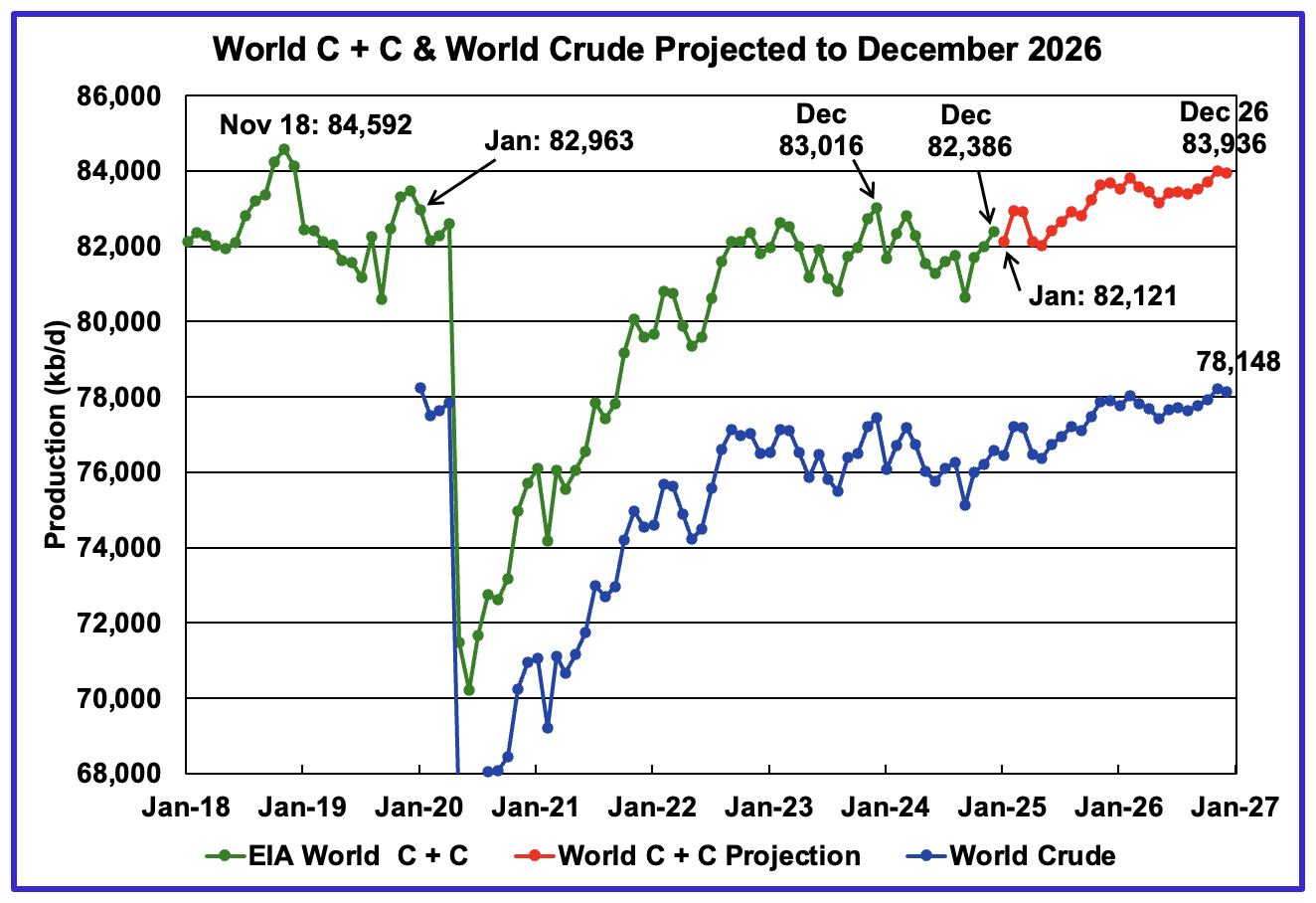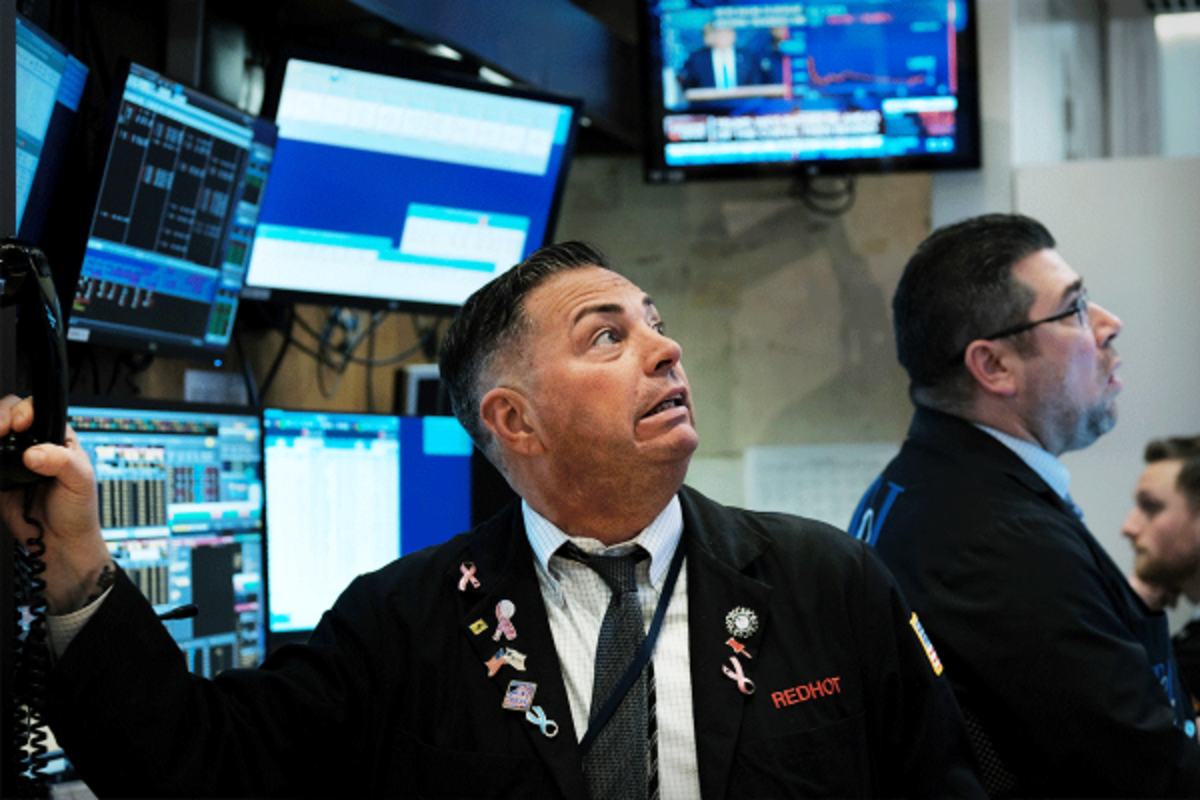Bond, dollar rout spark concerns of safe-haven status of U.S. assets
Long-dated U.S. Treasury bonds are suffering their biggest weekly slump since 1982.

Global investors are questioning the safe-haven status of U.S. assets in the wake of President Donald Trump's multi-trillion dollar tariff gambit, with the dollar slumping to the lowest level in three years amid a rare decline that parallels the worst slump for long-dated Treasury bonds in more than four decades.
President Donald Trump's decision to launch an aggressive tariff stance with America's trading partners, first within the USMCA agreement he negotiated in his firm and and then in the form of so-called 'reciprocal' levies on countries around the world, has raised not only recession and inflation risks but also a level of 'policy competence' that is eroding faith in U.S. markets.
Global investors, in fact, have dumped $6.5 trillion in U.S. stocks over the past week, according to data from Bank of America's 'Flow Show' report, while long-dated Treasury bonds suffered their biggest weekly increase since the early 1980s as investors shunned the paper in favor of European debt and cash alternatives.
The Swiss franc notched the biggest single-day gain since 2015 on Thursday, while the U.S. dollar index was last marked at the lowest levels since 2022, having fallen around 8.8% against a basket of its global peers since the start of the year. 
Curiously, the dollar's decline and the rise in yields followed a trio of successful bond auctions, which raised $119 billion for the Treasury and included a big jump in participation from so-called indirect bidders, which are typically comprised of foreign central banks.
The end of U.S. exceptionalism?
Evercore ISI analysts said the post-auction moves reflect "evaporating US growth exceptionalism and the reduced attraction at the margin of dollar assets for reserve purposes amid erratic US decision-making ...".
Treasury Secretary Scott Bessent, who holds a post that is traditionally seen as the defender of the currency, appeared unfazed by the market gyrations during President Trump's Thursday cabinet meeting.
"We will end up in a place with great certainty over the next 90 days on tariffs," he said. "But we have very good inflation numbers today. Oil is down. We had a successful bond market (auction). So I don't see anything unusual today."
Related: Did Treasury bond markets cause Trump tariff blink?
UBS economist Paul Donovan, however, was less than impressed by Bessent's sanguine assessment.
"The 30-year Treasury yield experienced the biggest increase since 1982, equities are falling, the dollar is falling and gold hit an all-time high," he said in a note published Friday. "Economists might consider this pattern not entirely usual."
He also argued that current administration policies, including deficit-financed tax cuts that will add $5.7 trillion to the nation's books over the next ten years, are likely to heap further pressure on the safe haven status of U.S. assets.
Trump v Powell redux
A further risk, tied to a Supreme Court decision earlier this week that allows President Trump to remove two independent agency directors, could eventually pave the way him to make good on his long-insisted right to fire Federal Reserve Chairman Jerome Powell - whom he appointed in 2017.
Bond markets remain in extreme stress as a result of all of these conditions heading into the end of the week, with the Merrill Lynch Options Volatility Index, better-known as MOVE and the bond market's 'fear gauge', trading near the highest levels in six months.
Related: Bond markets whipsaw amid 'sell America' trade in safe-haven Treasuries
Benchmark 10-year note yields were last marked at 4.513%, 52 basis points higher than last Friday - and 15 basis points higher than when Trump announced his 90-day 'tariff pause' on Wednesday, a decision seen as dictated by the extreme selling in Treasuries.
Longer-dated 30-year bonds, meanwhile, were last marked at 4.926%, a level that is an eye-watering 53 basis points higher than last Friday's close and pegs the longest debt of the world's biggest economy at 70 basis points premium to similar paper issued by Greece.
Trump, meet Truss
"Arguably the main reason why Donald Trump reversed course over the enhanced tariffs is the increasing funding cost for the substantial US debt burden, demonstrated in the left-hand graph above as the yield of the US 30-year Treasury," said Edward Park, chief asset management officer at London-based wealth manager Evelyn Partners.
"As we saw in the UK during and after the Liz Truss mini-budget crisis, the rising cost of long-term debt can quickly have political consequences," he added.
"Despite the reversal of the enhanced tariffs, the 30-year US government funding costs remain very high, this suggests that global investors now require a higher yield to compensate them for the severe uncertainty created over the last week," Park said.
More Economic Analysis:







